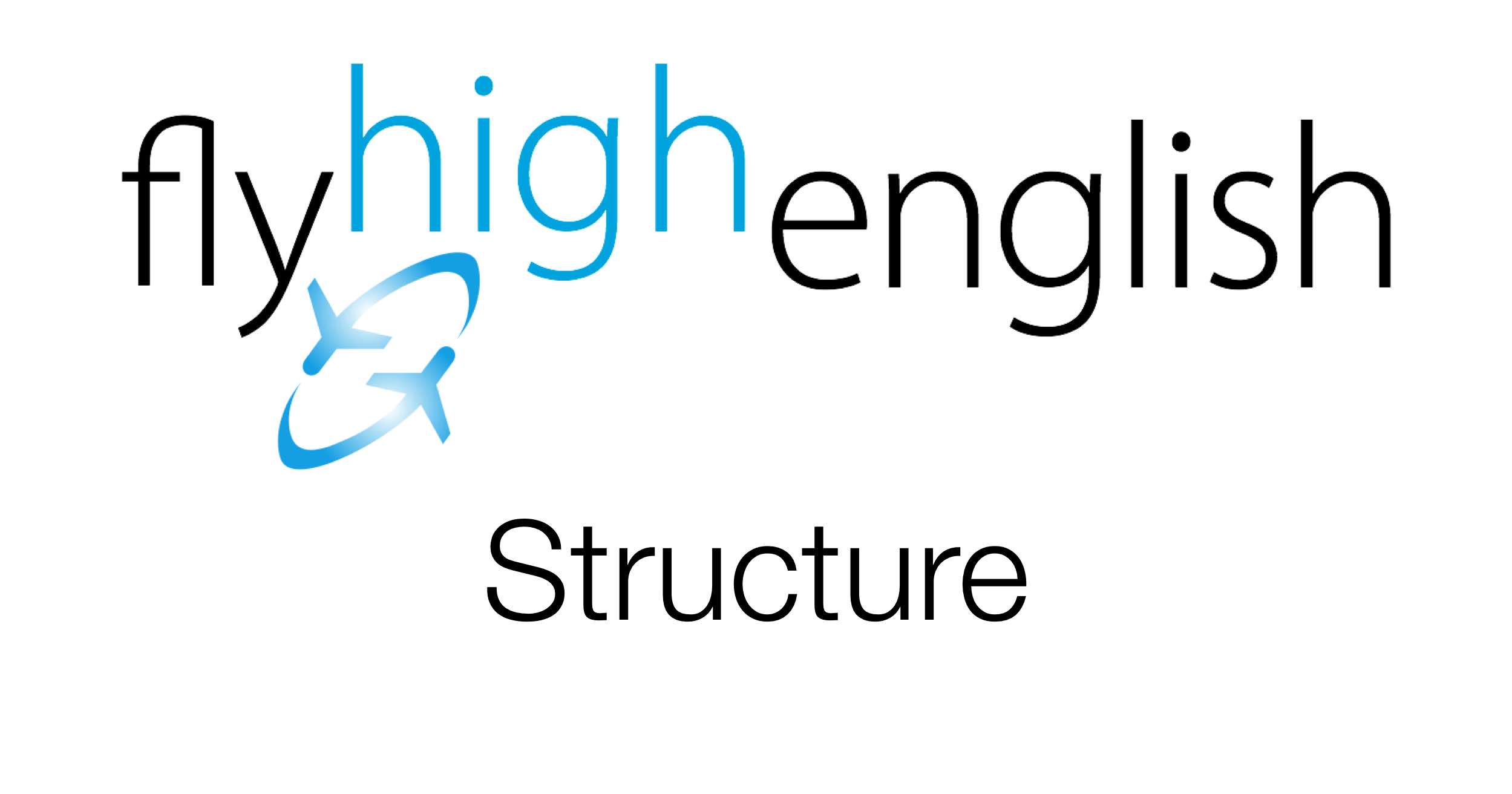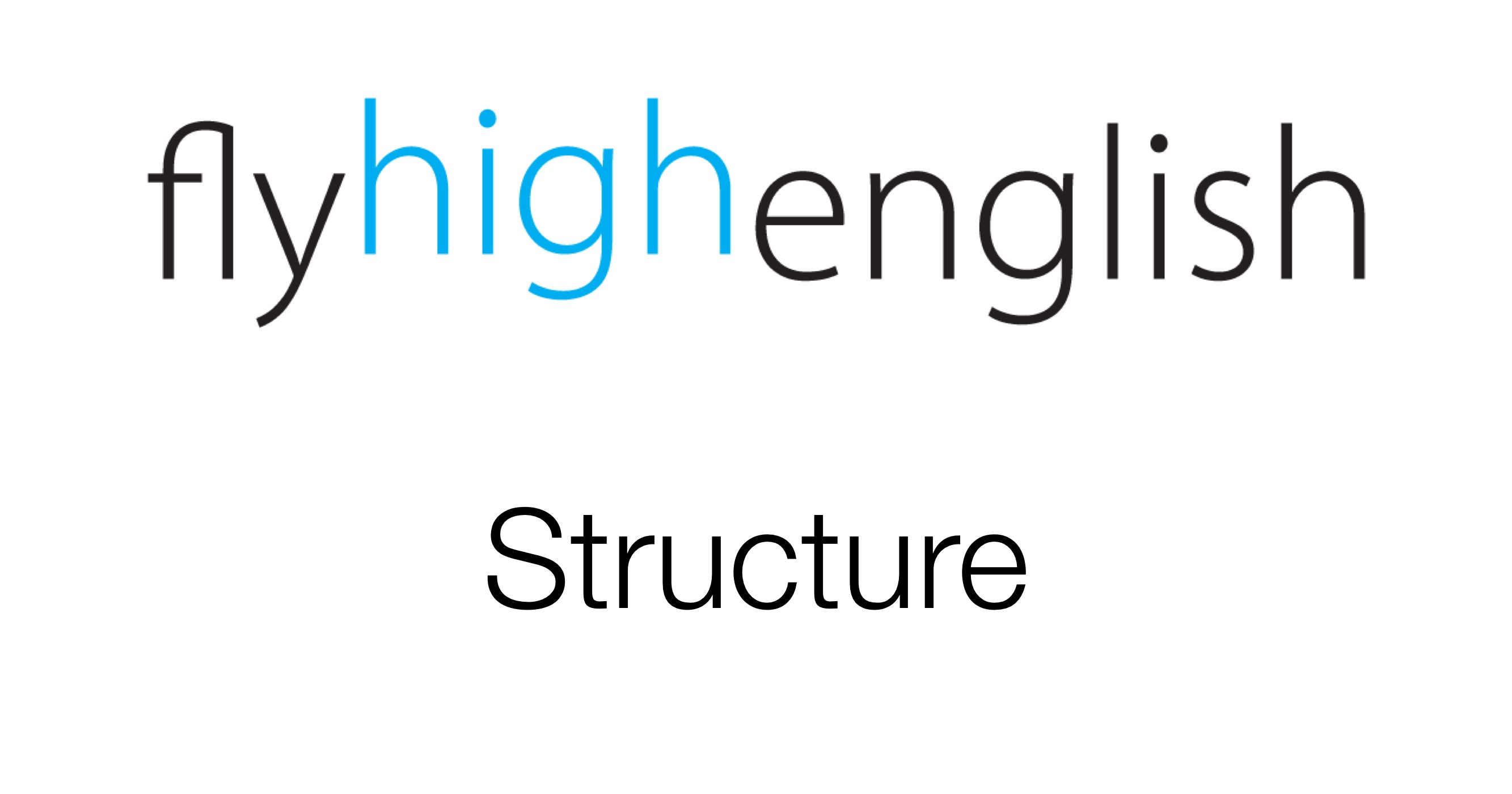
What is the ‘future in the past’?
When we speak in English we normally think about the future from our current perspective. That is, we think about the future from now.
Continue reading Structure: ‘Future in the past’
When we speak in English we normally think about the future from our current perspective. That is, we think about the future from now.
Continue reading Structure: ‘Future in the past’
This time in our structure help we talk about the future continuous. Let’s look at an example;
Two hours from now we will be flying over the ocean.
will be flying is the future continuous.
Let’s look at how to create the structure;
will/won’t be + verb-ing
This structure is used to talk about something which will be in progress at a future time.
Let’s look at another example.
I can’t call you at 2am, I will be sleeping.
This example again expresses the idea of an action in progress / happing at a time in the future (2am in this example).
All continuous tenses relate to actions in progress.
For example;
I was reading a manual when the captain arrived. (past continuous)
He is making a speech to the passengers. (present continuous)
They will be sleeping in an hour. (future continuous)
All of these tenses express the idea of something in progress at a specific time, in the past, the present or the future.
Follow us on twitter here, Facebook here or Google+ here for more great content!
Have a great day!
Here are the answers to last Friday’s video, enjoy!
Suggested ICAO level for video: 5+
1) Efficient, greener performance (reduced fuel burn, a switch to electric drive).
2) Bionic seethrough skins, panoramic views, materials which don’t corrode (speedier boarding)
3) In this situation, passengers could be placed in pods in the city centre. These pods would then travel along rails and slide directly into the plane without the need to move from the pod, making the boarding process very quick.
4) The Airlines could take money from you, not directly, but the fare could be paid by someone who has in interest in you flying to that destination, or the money could come from extra services provided on board that passengers might want to pay for, medical services for example.
5) 132
6) Plane parts built with 3D printers that can’t be produced by traditional manufacturing methods in a cost effective way.
Here’s an interesting video about the technological developments that may occur in commercial aviation in the near future.
Try to answer the following questions about the video and come back on Monday for the answers.
1) What performance characteristics do airlines want to see in future (and current) aircraft?
2) What radical design ideas are described in the concept plane?
3) Describe the alternative way of boarding passengers on the plane as described in the video?
4) How could free flights become a reality?
5) How many A380s have been delivered so far, according to the video?
6) What’s going to be the big revolution in aviation manufacturing?
Suggested ICAO level: 5+
Have a great weekend!!
http://edition.cnn.com/video/data/2.0/video/business/2014/06/04/spc-pkg-soares-21st-century-commercial-aviation.cnn.html